Popular Baseball Bat Models
See more Popular Baseball Bat Models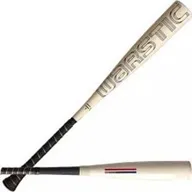
Warstic Bonesaber
205 Available

Louisville Slugger Atlas
237 Available

Louisville Slugger Select PWR
285 Available

Easton ADV 360
335 Available
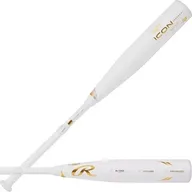
Rawlings Icon
459 Available

Soldier Sports Tank
61 Available

Marucci CAT X
724 Available
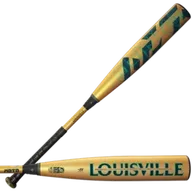
Louisville Slugger Meta
1638 Available
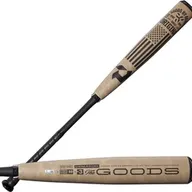
DeMarini The Goods
999 Available

DeMarini CF
1102 Available
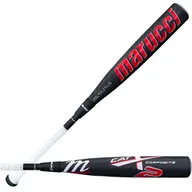
Marucci CAT X Composite
683 Available
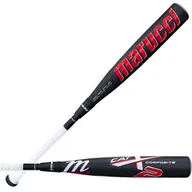
Marucci CAT9
1040 Available
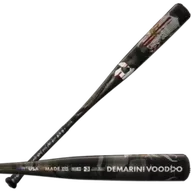
DeMarini Voodoo One
661 Available

Marucci CATX2 Alloy
76 Available
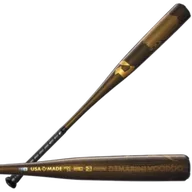
DeMarini Voodoo
503 Available
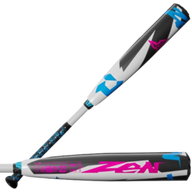
DeMarini CF Zen
686 Available

DeMarini Zoa
614 Available

Victus Vibe
231 Available

Marucci F5
290 Available
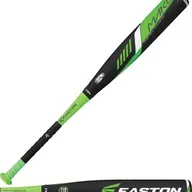
Easton Mako
717 Available
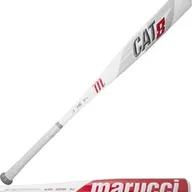
Marucci CAT8
483 Available
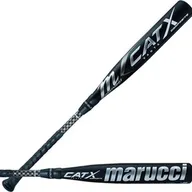
Marucci CAT
590 Available
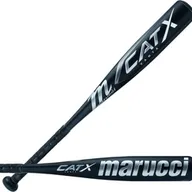
Marucci CAT X Vanta
175 Available

Easton Speed
298 Available
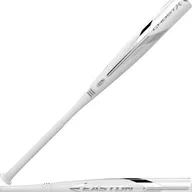
Easton Ghost X
152 Available
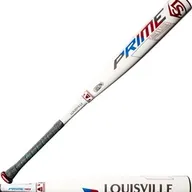
Louisville Slugger Prime 919
180 Available
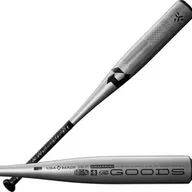
DeMarini The Goods One Piece
112 Available
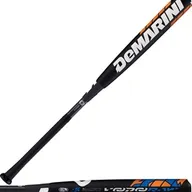
DeMarini Voodoo Overlord
71 Available
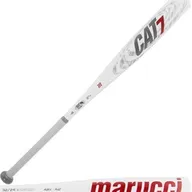
Marucci CAT7
274 Available

Louisville Slugger Omaha 519
57 Available
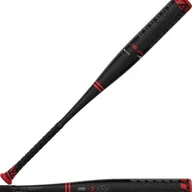
Easton Alpha ALX
261 Available
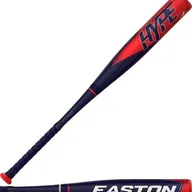
Easton ADV Hype
285 Available
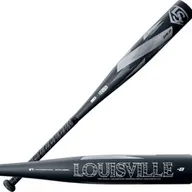
Louisville Slugger Solo
342 Available
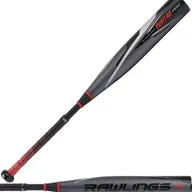
Rawlings Quatro Pro
121 Available
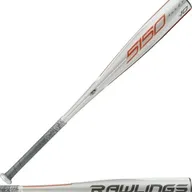
Rawlings 5150
329 Available

Victus Nox
456 Available

Easton Beast X
129 Available
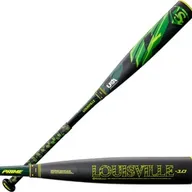
Louisville Slugger Prime
201 Available
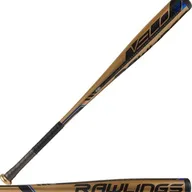
Rawlings Velo
415 Available

Louisville Slugger Prime 918
58 Available

Victus Vandal
220 Available
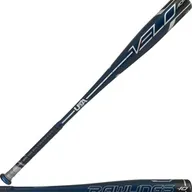
Rawlings Velo ACP
119 Available
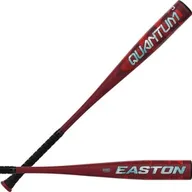
Easton Quantum
126 Available
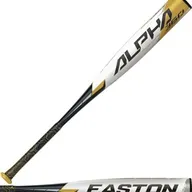
Easton Alpha 360
146 Available

Easton Z-Core
74 Available

Easton Project 3
48 Available
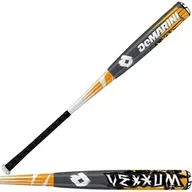
DeMarini Vexxum
72 Available
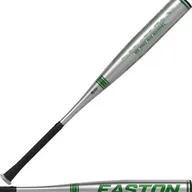
Easton B5 Pro
77 Available

Easton Elevate
61 Available

Marucci CAT6
30 Available
Trending Bat Listings
See more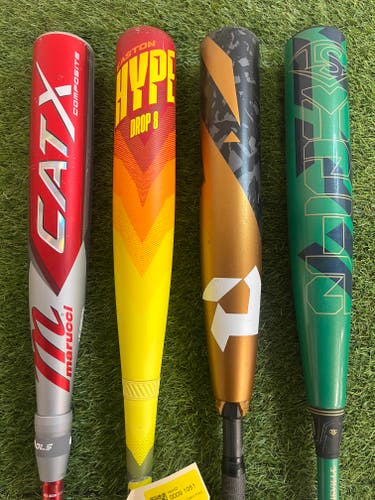
blowout_bargains
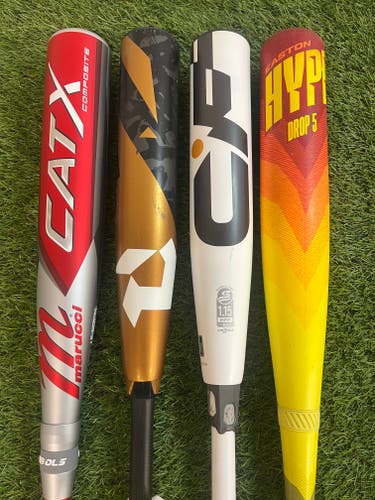
blowout_bargains

blowout_bargains
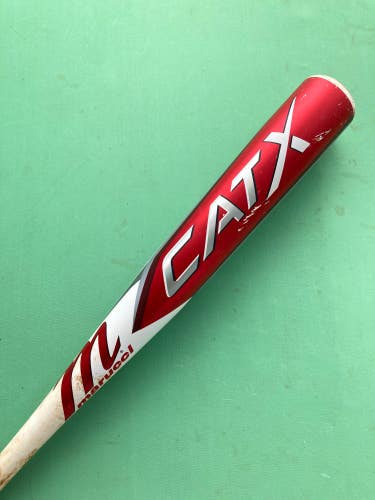
Game_Ready

EthanGunter07
2018 Louisville Slugger BBCOR Certified Prime 918 (-3) Composite 30 oz 33" (Used)
$50
Retail price: $200
BBALLDEALZ78
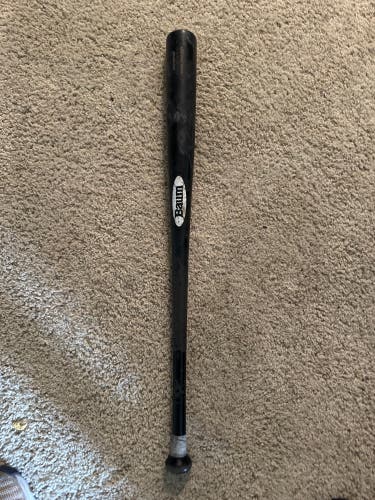
FilipinoBambino

AAABats

CRad
1,629 Results
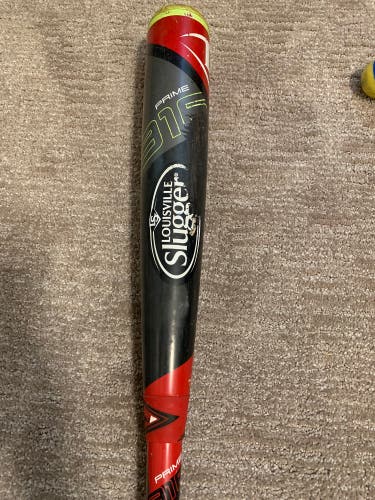
Chase_2442

Stevegentile81
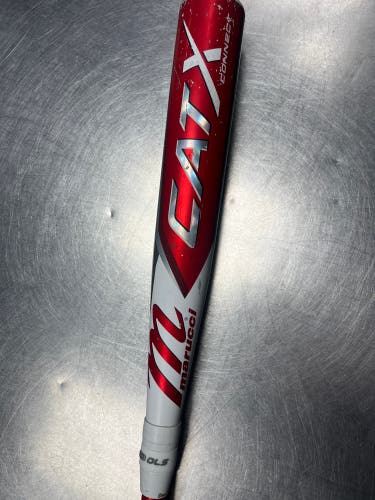
pias11634

ajgilbert3

Gear4Good

FishersPias

Jhan1218

BatFlip

Side8Line9Swap0
Victus Fernando Tatis 31”
$92$12024%


bobbyboucher

BStakes

Zwass22
Louisville Slugger Maple 29 oz 31" (New) MLB Prime CY22 Christian Yelich Game Model Bat
$100
Retail price: $185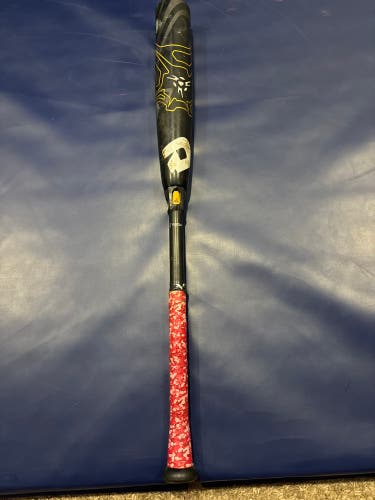
Basehock77
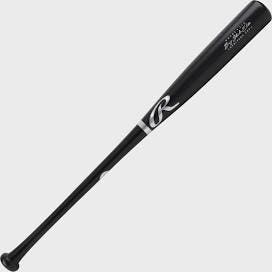
CadetsBaseball

MenfisColon1
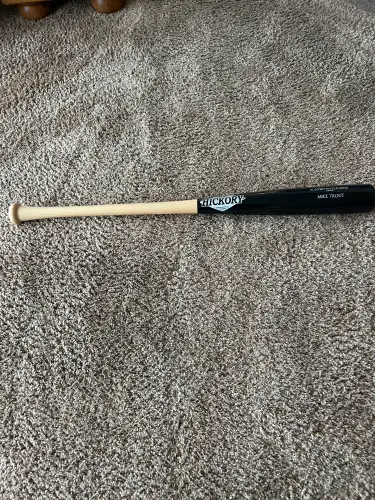
Anthony1956
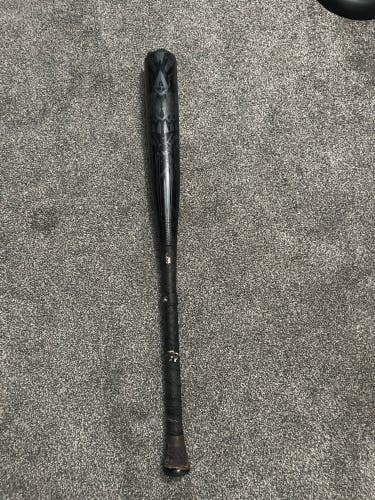
weslatsko

baseballrox38

Jferg9

sportsxchange
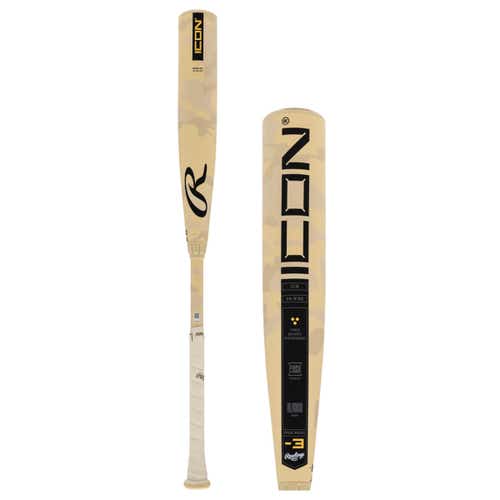
AAABats
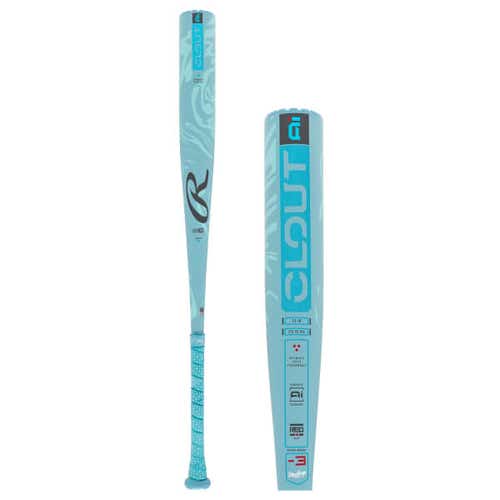
AAABats

BatsAndGloves

AAABats











